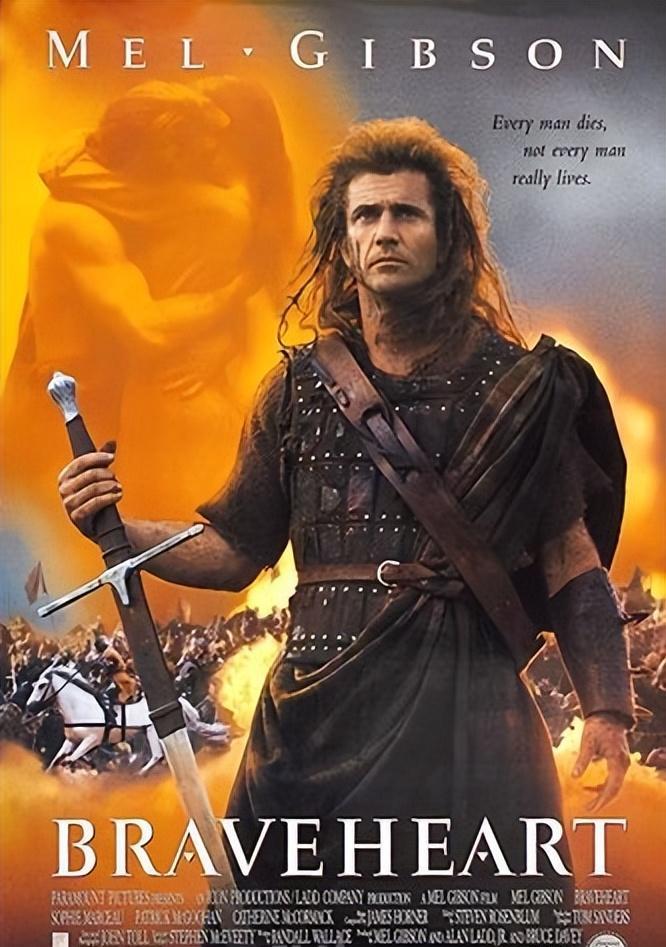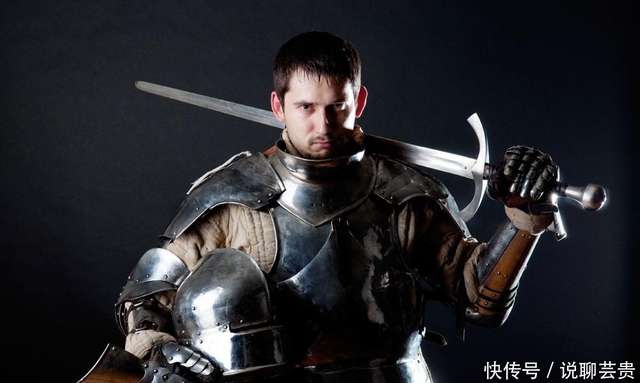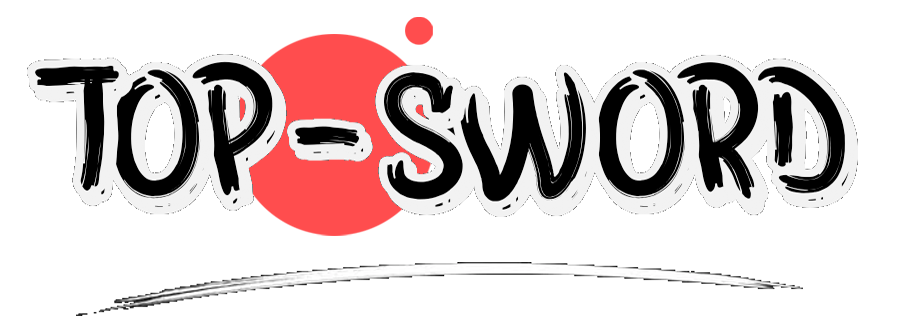The Evolution and Significance of Western Swords: From Bronze Age Daggers to Medieval Longswords
Introduction
Swords, as iconic weapons of the pre-gunpowder era, played a pivotal role in Western history. From Bronze Age short swords to medieval longswords and modern sabres, their evolution mirrored advancements in metallurgy and shifts in warfare. This paper analyzes their design, historical development, and strategic impact, supplemented by notable examples from European museums.
Part 1: Characteristics of Western Swords
1. Materials & Craftsmanship
Bronze Age (3000–1000 BCE): Swords like the Greek Xiphos were cast from brittle bronze.
Iron Age (post-1000 BCE): Celtic La Tène swords introduced iron and quenching.
Medieval (5th–15th CE): Pattern-welded blades (e.g., Ulfberht swords) combined hardness with flexibility.
2. Typology & Function
Gladius: Roman legionaries’ 60-cm thrusting sword.
Longsword: Double-edged knightly weapon (~1.2m).
Sabre: Curved cavalry blade (e.g., Hungarian Szabla).
Part 2: Historical Evolution
1. Classical Era
Greek Xiphos: Spartan phalanx sidearm.
Roman Gladius: Conquered Europe via disciplined stabbing tactics.
2. Middle Ages
Viking Sword: Broad-bladed, paired with round shields (e.g., Oslo Museum’s Ulfberht).
Knightly Arming Sword: Cruciform hilt symbolizing Christianity.
3. Renaissance–1800s
Zweihänder: German mercenaries’ anti-pike weapon.
1796 Light Cavalry Sabre: Napoleon’s favored design.
Part 3: Swords in Warfare
3: Swords in Warfare
1. Infantry Tactics
Roman Testudo: Gladius + Scutum shield dominated Carthage.
Viking Shieldwall: Swords enabled rapid raids.
2. Chivalric Symbolism
Excalibur Legend: Embodied divine kingship.
Judicial Duels: Swords decided legal disputes.
3. Social Status
Sword Bans: Medieval laws restricted sword ownership to nobles.
Part 4: Museum Collections
British Museum (UK)
Sutton Hoo Sword: Anglo-Saxon king’s gold-hilted burial sword.
Wallace Sword: Scottish hero William Wallace’s 1.63m blade.
Louvre (France)
Joyeuse: Charlemagne’s inscribed ceremonial sword.
Kunsthistorisches Museum (Austria)
Maximilian I’s Sword: Gem-encrusted 16th-century imperial weapon.
Warsaw Army Museum (Poland)
Winged Hussar Szabla: Reinforced back-edge to cleave armor.
Part 5: Legacy & Decline
Gunpowder Era: Swords became ceremonial (e.g., British officers’ Smallswords).
Modern Revival: HEMA (Historical European Martial Arts) reconstructs medieval techniques.
Conclusion
Western swords were both tools of war and cultural artifacts. Their stories, preserved in museums, continue to inspire fascination with the martial past.
SEO Strategy
Title (Under 300 Characters)
"From Gladius to Longsword: The Evolution of Western Swords in Warfare & Culture | Museum Treasures & Historical Impact"
Meta Description (Under 500 Characters)
Discover how Western swords evolved from Bronze Age daggers to medieval longswords, shaping battles and societies. This guide covers Roman gladius tactics, Viking swords (Ulfberht), knightly chivalry, and sabres of Napoleon. Explore legendary blades in the British Museum (Sutton Hoo), Louvre (Joyeuse), and more. Ideal for historians, HEMA practitioners, and weapon enthusiasts.
The Evolution and Significance of Western Swords From Bronze Age Daggers to Medieval Longswords
